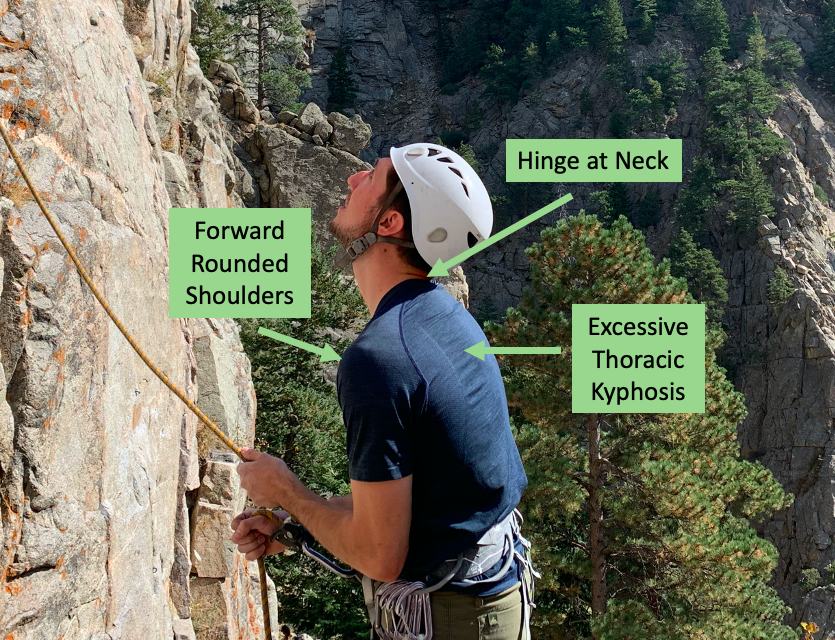How to Treat Belayer’s Neck
How many times have you seen someone whose posture looks like this while belaying? Neck pain is a common in rock climbers. Although climbing itself can lead to neck pain, the most common cause is spending prolonged periods belaying. We refer to this as “belayer’s neck”. Belayer’s neck is a colloquial term to describe a...

